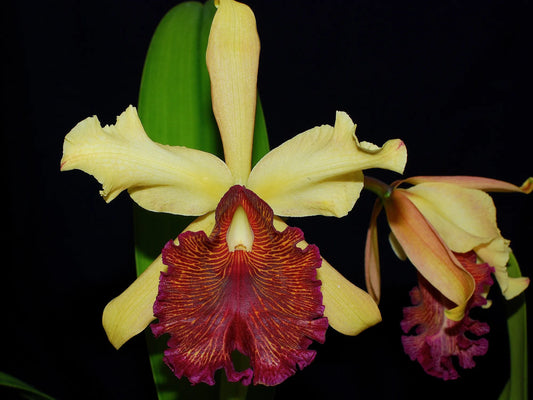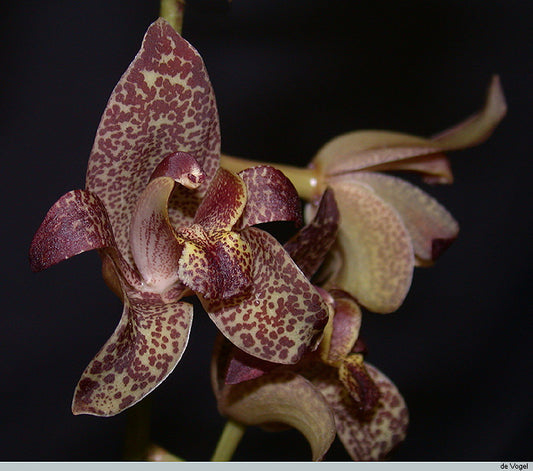Dendrobium Mousmee Care Guide
Watering
During the season of active growth, the plants require copious amounts of water and fertilizer, as well as bright light. After the plants have made up their pseudo bulbs for the year, they require an almost complete withdrawal of water, and a cessation of nitrogen-based fertilizer. This is similar to what would be happening to them in their native locales. Most writers will temper this advice by a statement like “water only enough to prevent shrivelling.” Good, though imprecise. The occasional watering, or rainfall, will not interrupt the rest period of this type enough to prevent their blooming. However, be careful not to give the plants any appreciable nitrogen.
This type of dendrobium is best grown under light conditions prescribed for cattleyas — bright light with some protection from hottest noon-day sun. In more-tropical areas with humidity, these will take almost full sun, as with Vandas. Owing to their high light requirements and somewhat tall — 15 to 18
Light
inches or more — stature, these are not the best for under lights. If they can be summered outdoors, they may succeed if they can be grown within a few inches of the lights.
Temperature
In their native habitat, temperatures are uniformly warm during the growing season, often in the high 20s, with not much of a drop in the evenings, unless the monsoonal rains are protracted, in which case the temperatures may drop into the teens. Cool nights, around 10, are the rule in the dry season, with days up into the 20s as a result of the high light conditions that prevail in the often deciduous forests of the region.
Potting
The best plants of this group seem to be grown in a porous mix in slatted baskets. These conditions allow the frequent watering necessary, while also permitting the quick drainage demanded by this group. The grower needs to mimic the high summer rainfall to which the plants are accustomed in their natural habitat. As autumn approaches, and the growths begin to mature, a gradual reduction in water and fertilizer is indicated. The maturity of the growth is shown by the appearance of the terminal leaf on the pseudobulbar. Callista-type dendrobiums are often sold mounted on wood or tree fern, though basket culture seems to be the mode of choice for growers of larger and more-floriferous plants.
Insects and Diseases
There seem to be no particular insect or disease problems unique to this group. As with all orchids, maintaining a clean growing area and inspecting plants once a week will curtail problems.








